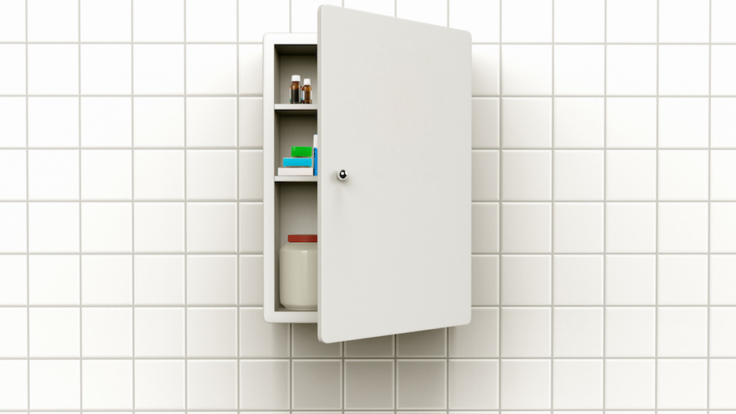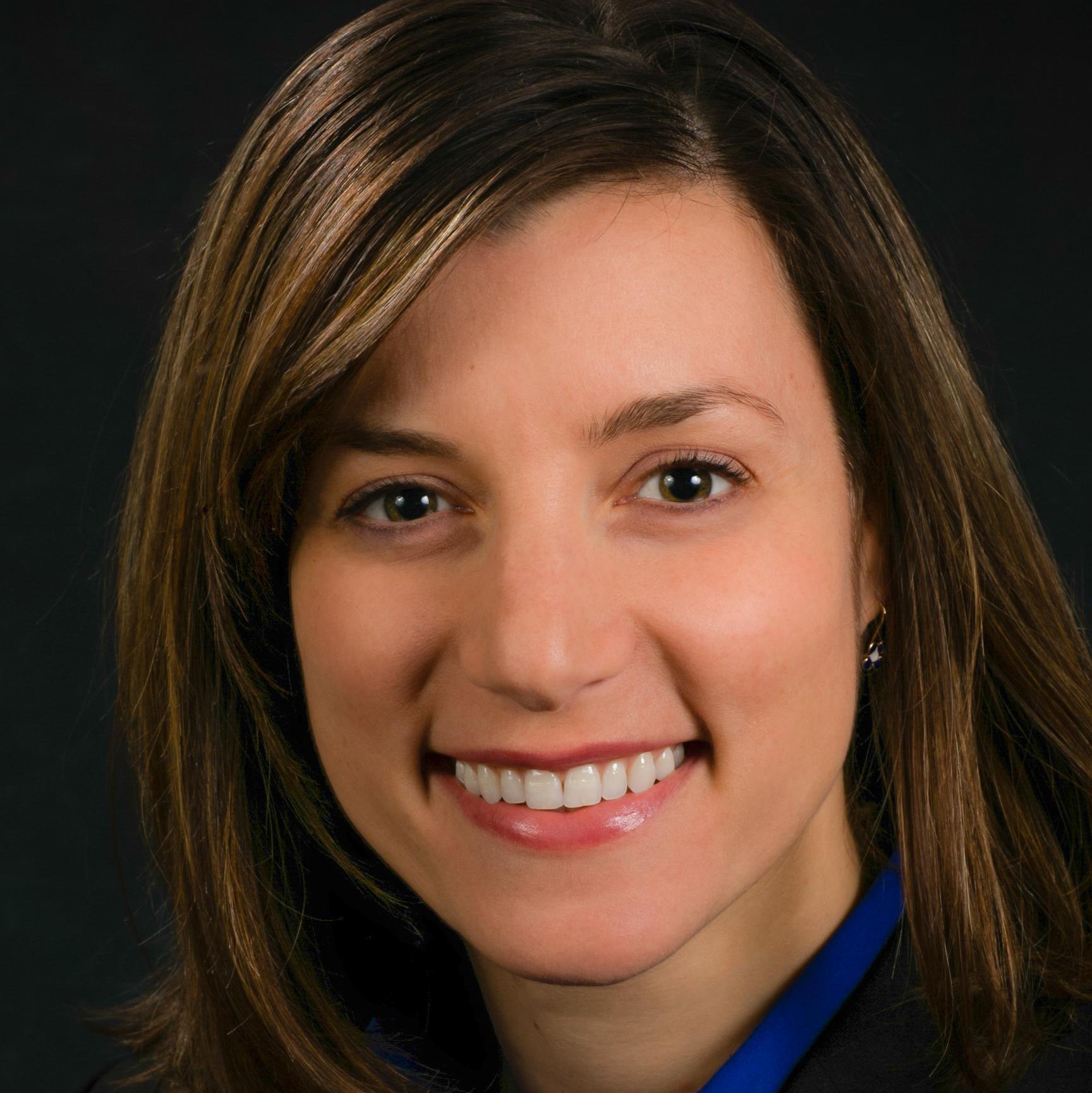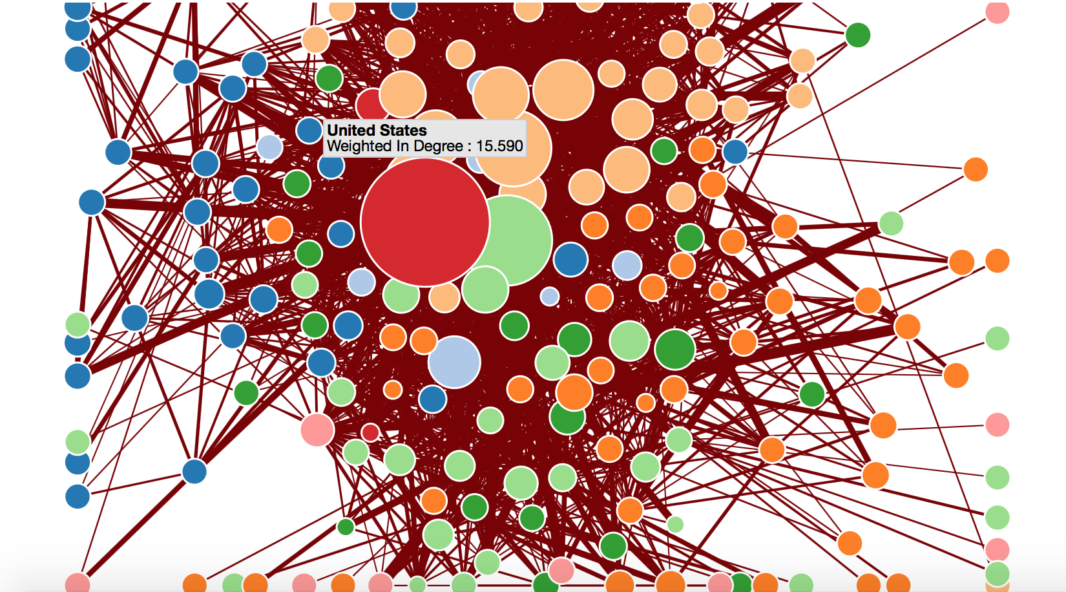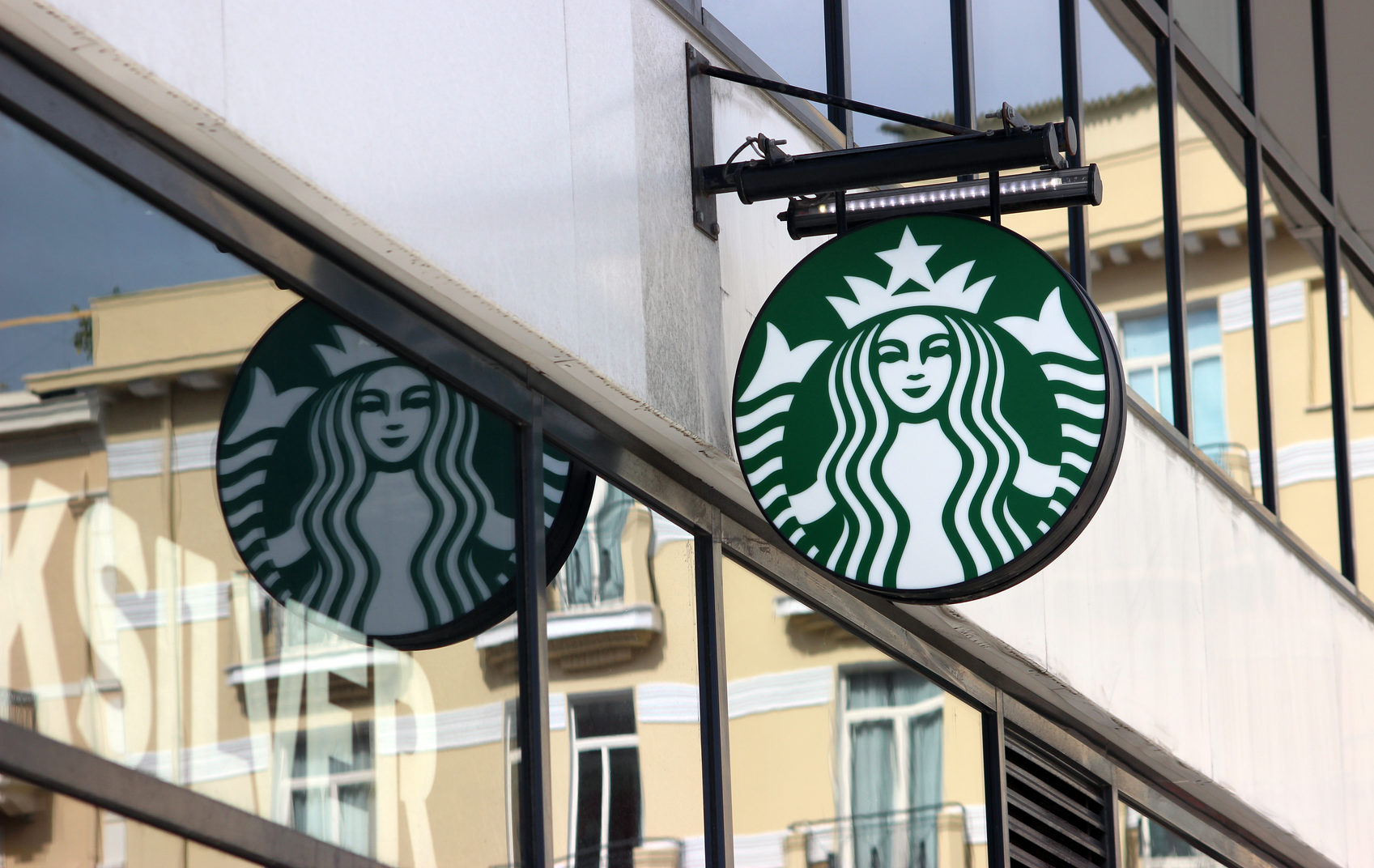The Role of Trade in Your Medicine Cabinet
Where Do Our Medicines Come From?
More of us are getting in the habit of looking at food labels. While perusing the grocery store aisles, we might check the ingredient list, the calories per serving, and glance at the nutritional contents of food items. Following a recent trip to the pharmacy, where I purchased an over-the-counter pain medicine to defeat a killer headache, I realized that I’ve never bothered to look closely at the labels of the drugs in my medicine cabinet. Of course, I read the instructions carefully, and even review the side effects. But did I ever bother to look for the information on the manufacturer or distributer? Come to think about it, who amongst us knows where our medicines come from?
American Dominance in Global Drug Discovery
Every medicine currently available on the market had to undergo a long and complex development process. The pharmaceutical industry estimates that for every ten thousand potential new medicines, only one will make it to patients following a 10 to 15 year process of discovery and development, and at an average cost of $2.6 billion.
The United States is a pharmaceutical powerhouse, investing in and producing more than half the world’s new molecules over the last decade. More than 810,000 people are directly employed in the U.S. biopharmaceutical industry, conducting scientific research, technical support, manufacturing and other activities. Home to operations for nearly all large global pharmaceutical companies, the supportive research and regulatory environment in the United States has also produced biotech clusters such as those in Cambridge Massachusetts, North Carolina’s research triangle, and Southern California.
Emerging Markets Seek to Become Hubs for Clinical Trials
The rate of pharmaceutical R&D is accelerating around the world, reaching nearly $150 billion in 2015. Billions have been invested in new research centers particularly in China and in India, where global generic companies are putting up R&D centers alongside their large manufacturing presence.
Clinical trials, a critical step in getting medicines approved and onto the market, have long been a global business, but many more trials now involve populations in the emerging markets. Among the clinical trials that are currently recruiting participants, 57 percent are being conducted outside the United States – over 28,000 in China, 4,700 in Russia, nearly 9,000 across Latin America, and over 7,000 in Africa.
Drugs and the Sum of their Parts
The pill that you purchase at the pharmacy, or the anesthesia given to you during surgery is manufactured through a series of complex scientific processes. Pharmaceuticals are made up of two main components: the active pharmaceutical ingredient and everything else, known as excipients. The active pharmaceutical ingredient, or API, enables the drug do what it’s supposed to – lower cholesterol or reduce pain, for example, like the Acetaminophen in Tylenol. APIs are generally either chemical compounds or biological material.
The inactive ingredients of a drug, also known as excipients or inert ingredients, can take many forms and have multiple purposes. Among other roles, excipients help make the final form of the drug – a tablet, capsule, injection, and so on. For example, if the medicine is administered in liquid form but the API is a solid, an excipient would be used to convert the API to a liquid.
These components of a finished drug – the APIs and excipients — are manufactured all over the world. More than 2,000 companies manufacture API alone, with thousands more manufacturing sites for drug components.
Chinese Hamsters and the Arms Race for Biological Medicine Production
While the United States and Europe are still important producers of APIs, China has become the largest global manufacturer of APIs in the last decade. In fact, Chinese female hamster ovary cells, also known as CHO cells, are the most common “raw material” for the manufacturing of biological medicines due to their heartiness and rapid copying process.
China, India, South Korea, and other large emerging markets are competing to attract investment and incentivize production in their countries. India has become the world’s leading supplier of low-cost generic and over-the-counter medicines, and is particularly critical for supplying medicines to Africa and Asia. In the race to become a producer of choice for biologic drugs, the government of India is exploring policies designed to step up domestic manufacturing of API and reduce its reliance on Chinese imports.
Pharmaceutical Packaging is Also Evolving at a Blistering Pace
Once a medicine is formulated, it is packaged and prepared for delivery. Pharmaceutical packaging helps preserve the quality of the medication, prevent tampering or counterfeiting, assure that dispensing is accurate, and promote patient compliance.
Packaging varies widely, from blister packs (those tablets you push through a thin metal sheet and pop out), to plastic bottles like those you get at your local pharmacy, prefilled syringes, ampoules, vials, and more. Packaging equipment is made around the world and must respond to the rapid technological changes in how medicines are administered to patients, the conditions under which drugs are shipped and stored, and evolving requirements for tracking and tracing drugs through distribution.
75 Percent Domestic, 25 Percent Imported
At $462 billion in sales of branded, generic, and over-the-counter medicines, the U.S. market is by far the largest in the world, representing 42 percent of the $1.1 trillion global pharmaceutical market in 2016. Despite the diffusion of drug production globally, a full three-quarters of spending on medicines in the United States is on products that are manufactured domestically, by both American and foreign companies.
It may be surprising that, given the overall size of the U.S. market, we are also the largest importer of medicines in the world. Increased competition and pricing pressures, coupled with improved reliability in production quality overseas, have prompted American pharmaceutical companies to keep much of their R&D in the United States, but move some of their manufacturing operations out of the United States, so some imports arrive from American companies’ facilities overseas. Overall, the top five sources of pharmaceuticals imported into the United States in 2015 were Ireland, Germany, Switzerland, Israel, and India.
Free Trade Provides Access to Medicines
Many countries are of the mind that it doesn’t make good sense to increase cost and reduce access for patients by collecting duties on imported medicines that meet safety and quality standards. That’s why WTO members launched a “Zero-for-Zero Initiative” in 1995, intended to offer reciprocal elimination of tariffs on both pharmaceutical products and the intermediaries used to make them to any member participating in the initiative. Today, 34 countries are signatories to the agreement, including the European Union’s 28 member states. The agreement has been updated several times since its launch to cover more intermediary products.
China is not a signatory to the agreement. As part of an unrelated investigation into China’s technology transfer requirements, the United States has announced it will consider imposing tariffs on thousands of products from China. As it now stands, the proposed list of products includes dozens of finished pharmaceutical products as well as chemicals and compounds used to making medicines. If they remain on the list and Trump administration follows through on its threat, the new tariffs could cause a ripple effect in the pharmaceutical supply chain and shifts to sourcing and production around the world.
The Last Mile and the End of My Headache
Whether manufactured domestically or having crossed the U.S. border, the packaged medicines are ready to travel “the last mile” for delivery to the patients who need them, dispensed by your hospital, doctor’s office, pharmacy, or online retailer. Finally, after years of discovery, development, manufacturing, packaging, and distribution, the medicine that probably crisscrossed the globe in one form or another, sits in your medicine cabinet ready for administration — and I can finally treat that headache I’ve been nursing that started me thinking about trade in medicines in the first place.








